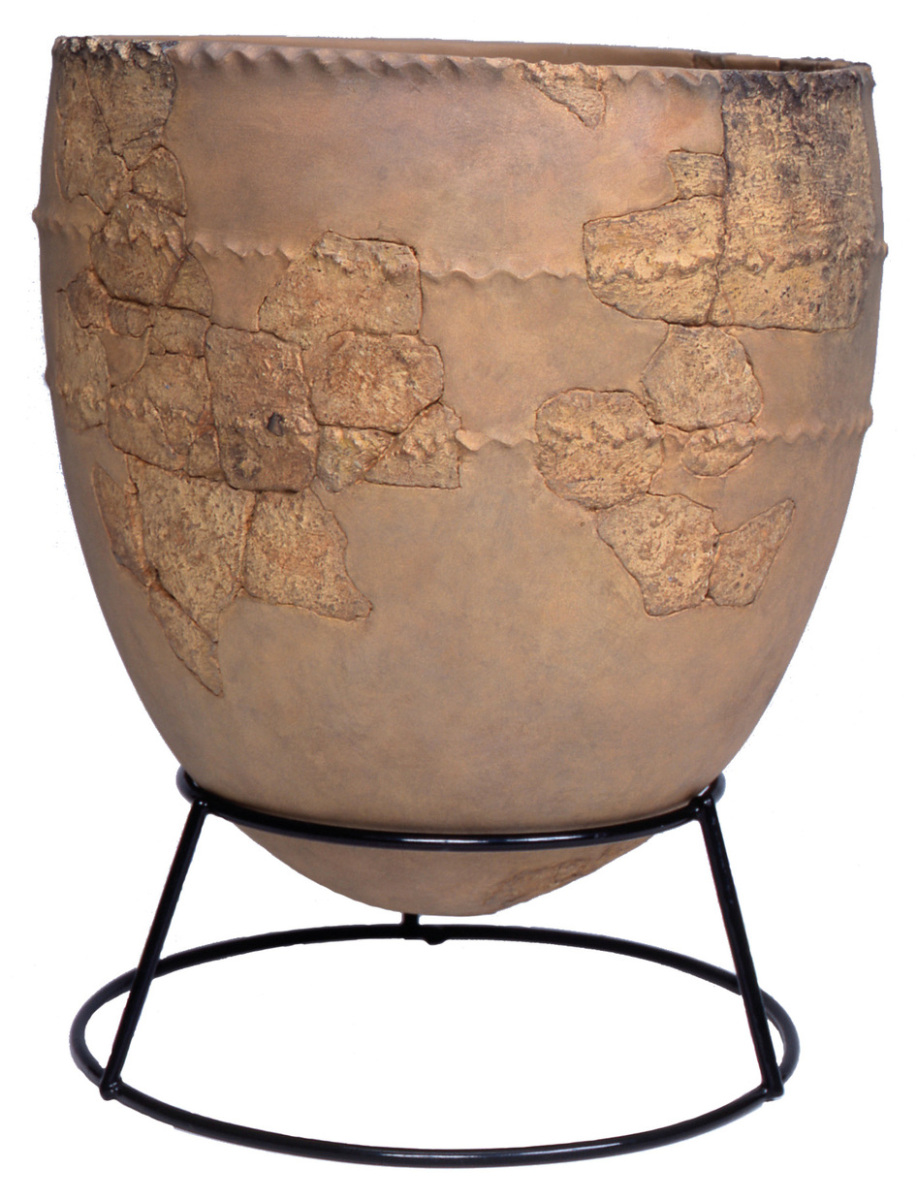Charred fishy food residues have been discovered on ceramic pots that are around 15, 000 years old. The ancient titbits of food provide evidence that people used pots for cooking much earlier than traditional thought and these findings are prompting a rethink of human innovation and culture.
Published this week in the journal Nature, Scientists from the UK, the Netherlands, Sweden and Japan carried out chemical analysis on the ceramic fragments which were found in Japan, a country recognised as one of the first centres for using ceramics.
Originally it was thought that fragile pots were not used to store and cook food until farming villages emerged during the Neolithic era, about 10, 000 years ago. But these results suggest that much earlier, the East Asian prehistoric hunter gatherers from the Late Pleistocene Jomon period had already started using pots for cooking, even though they had a nomadic lifestyle.
food until farming villages emerged during the Neolithic era, about 10, 000 years ago. But these results suggest that much earlier, the East Asian prehistoric hunter gatherers from the Late Pleistocene Jomon period had already started using pots for cooking, even though they had a nomadic lifestyle.
The climate was also changing at this time and a new high abundance of fishy food along shorelines and river-banks may have provided the initial impetus to spend time producing ceramic containers. The cooking containers could also be linked to a reduction in mobility as the foragers settled from their nomadic lifestyle.
Dr Oliver Craig from York University and colleagues recovered lipids from the charred surface deposits of the pottery, carbon dated them to determine their age, and then analysed their carbon and nitrogen isotope ratios and the lipids chemical composition using a technique called gas chromatography/combustion/isotope ratio mass spectrometry, which indicated the food remains were freshwater or marine organisms.
The techniques used to scrape out the food remains from the pots, and analyse the material could now be used on other ancient artefacts to tell us more about how our ancestors lived.





Comments
Add a comment